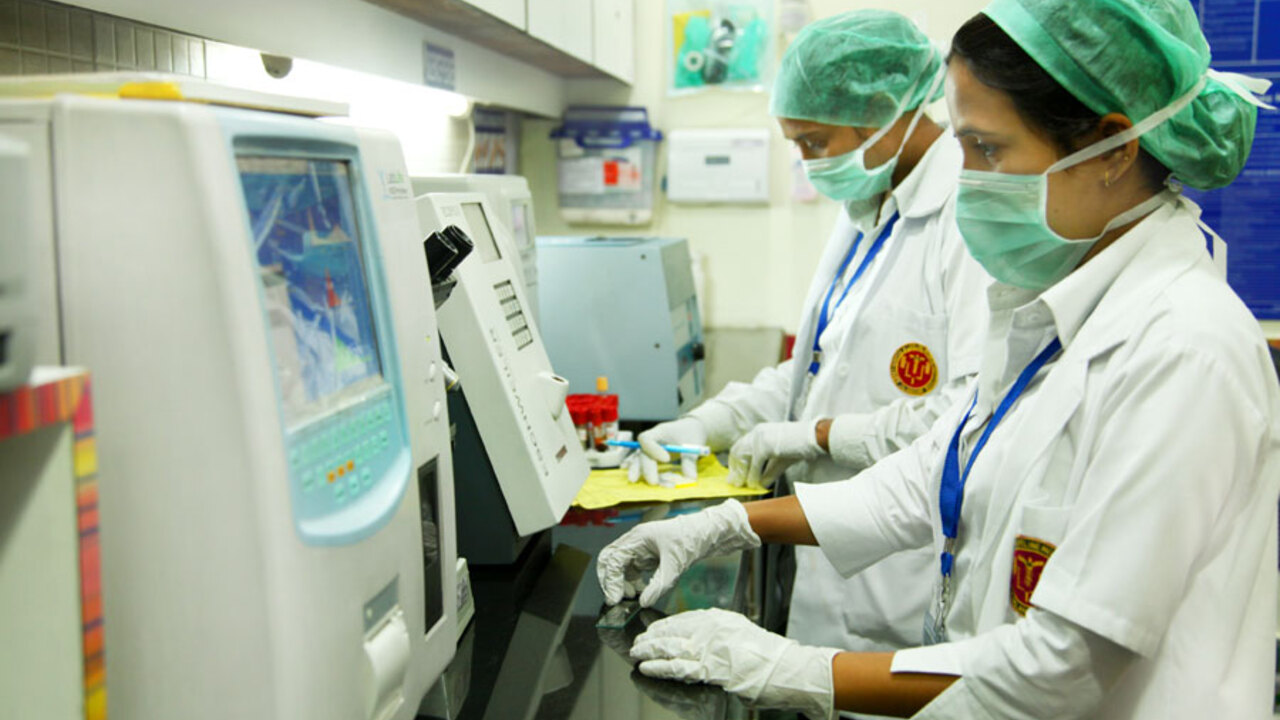During the experiments, participants inhaled xenon gas, which experts were able to monitor in real time how the alveolar sacs, responsible for delivering oxygen to the blood, were working.
In this process, the work of 300-500 million alveolar sacs was studied, which made it possible to see how the oxygen supply to red blood cells is impaired in coronavirus patients.
Based on the new data, scientists want to help reduce the duration of COVID-19 symptoms, which are manifested by shortness of breath, blurred consciousness and fatigue, as well as adjusting existing anti-covid treatment modalities.
Source: Ferra










